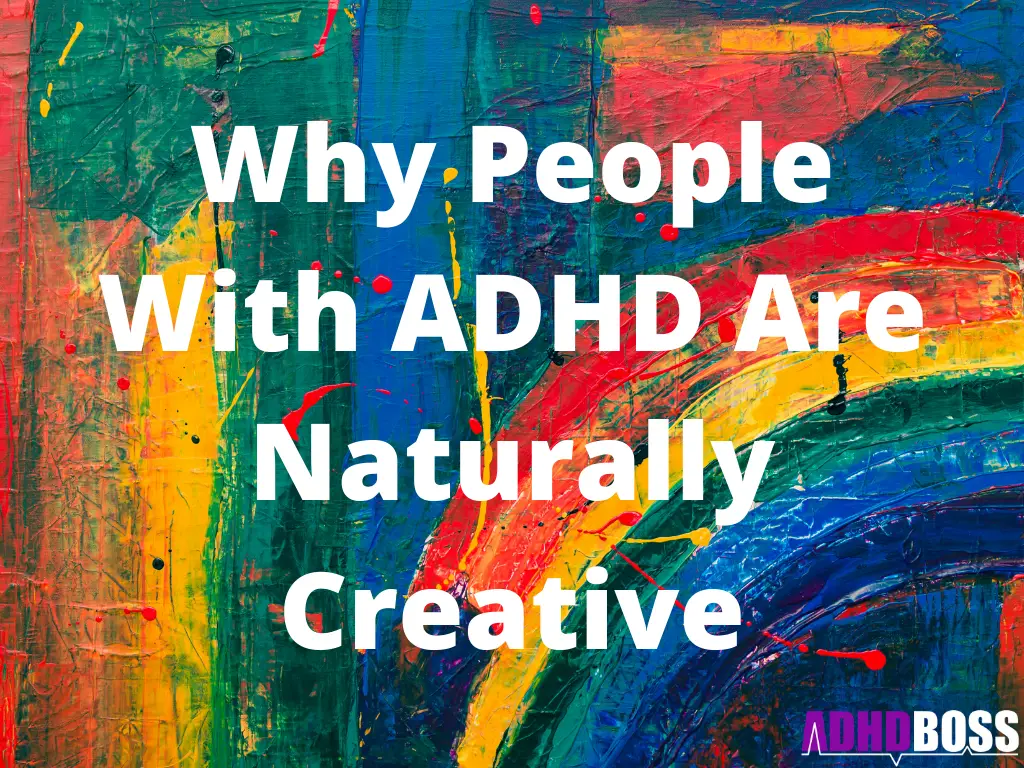Published on: December 22nd, 2019
If you’ve been reading ADHD Boss lately, I hope that you’re familiar with the incredible possibilities that come along with controlling your attention and energy.
For example, each morning you’re given a new allowance of attention units and energy units that you can “spend” in any way you choose.
The people who do really cool things in this lifetime are masters of spending their attention and energy units in extremely constructive ways.

For example, a person who mindlessly spends 3 hours browsing their Instagram newsfeed each day is usually accepting a pretty bad deal in life.
This person is giving away 3 incredibly valuable hours worth of their attention and energy in exchange for a short-lived dopamine buzz that will eventually disappear.
Social media makes people feel extremely good in the moment. Because your brain literally interprets social media content as a reward, which triggers the release of dopamine and similar brain chemicals.
But after 3 hours of browsing Instagram, the person is left with nothing to show for except maybe some new ‘likes’ and ‘follows.’
This person hasn’t gained any lasting, tangible rewards in the real world.
The person who spends 3 hours browsing their Instagram newsfeed is consuming content.
They are on the consumption side of the creative process.
In order to consume content, you have to transfer your energy and attention to the person who created the content.
Energy cannot be created or destroyed, only transferred.
You’re always expending energy in some direction.
There is a lot of value in consumption by the way. I’m not here to tear apart the act of consumption.
I read a lot of books, listen to podcasts, watch comedy, buy food, drinks and services.
I love consuming stuff.
But most of the life’s magic happens on the creation side of the equation.
Creation is the flip side of consumption.
Energy has to exist somewhere before it can be consumed.
Now, let’s imagine someone spends 3 hours creating content on Instagram every day.
Let’s say this person is an amateur photographer, and spends 2 hours shooting photographs before work every morning.
After work, she spends 1 hour editing her photographs and uploading her content to Instagram.
She gets thousands of new followers, likes and direct messages every week as a result of her 3-hour daily commitment to creating content on Instagram.
In fact, people regularly send her direct messages on Instagram and request private photoshoots.
She charges $200 for a 1 hour photoshoot, in addition to 1 hour of editing. Which is actually a pretty great deal for the consumer, so she’s about to increase her prices soon.
After one year of creating content on Instagram, the amateur Instagram photographer is able to leave her day job and commit to photography full-time.
She now does product photography exclusively, charges anywhere from $500 to $3000 per gig, creates her own schedule, and works whenever she feels like it.
Take note of the pattern here.
Two people are given the same exact 3-hour window of time.
They both use the same exact social media platform.
They both have access to the same exact resources (basic smartphone with camera and a mobile data plan).
But one person spends 3 hours consuming content, while the other person spends 3 hours creating content.
I hope this helps you understand why the process of creating is where most of life’s magic happens.
The creative process is the closest thing we have to magic.
But here’s where things get really interesting.
Once you get your brain to associate the creative process with dopamine, you’re pretty much unstoppable.
So rather than training your brain to feel really good when you consume stuff, what if you were able to make your brain feel really good when you create stuff?
I can tell you this is 100% possible based on first-hand experience, considering I feel pretty bad if I don’t spend at least a few hours creating something every day.
My brain strongly associates the creative process with dopamine production.
When you create stuff, you add value to society, and you get paid for your efforts.
In the classic Pavlovian style, this forces your brain to associate the creative process with dopamine production, because your brain recognizes that you’re being rewarded for your creative efforts.
Training your brain to associate creation with long-term rewards is how people with ADHD can overcome massive obstacles in life.
Becoming a creator is the ultimate decision because this takes you out of the consumption trap and moves you into a territory where only good things can happen.
Action steps
- List everything that you consume during an average day
- List everything that you produce during an average day
- Add an ‘X’ next to anything that moves you further away from your life’s vision
- Add a ‘checkmark’ next to anything that moves you closer to your life’s vision
- Write down 3 ways you can create stuff and be rewarded for your efforts while moving in the direction of your life’s vision
Leave a Reply